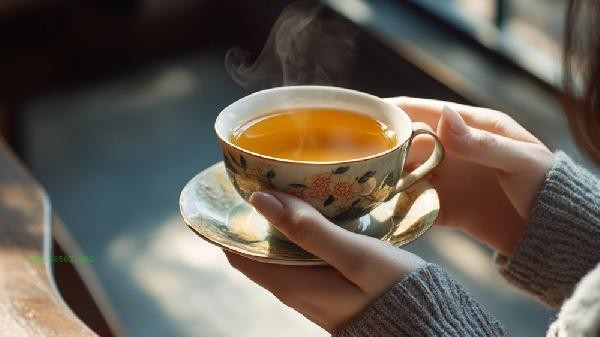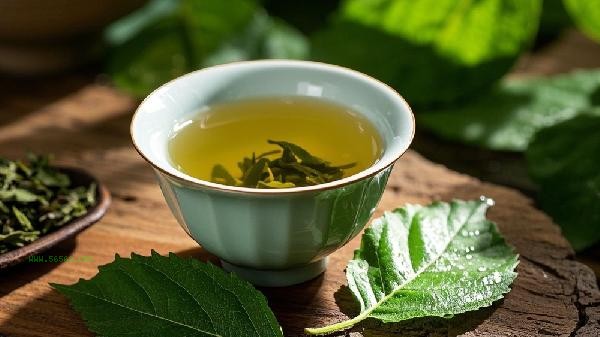The tea watermark on the wooden table can be removed by methods such as baking soda, white vinegar, lemon juice, toothpaste, or cooking oil. Tea watermarks are usually formed by tea stains penetrating the surface of wood, and timely treatment can avoid permanent staining.

1. Baking soda
Baking soda has mild grinding properties and can adsorb tea stain pigments. Mix baking soda with a small amount of water to make a paste, dip it in a soft cloth, and gently wipe along the wood grain direction to avoid excessive force damaging the paint surface. After processing, use a dry cloth to remove residual powder, and then apply wood wax oil for maintenance.
2. White Vinegar
The acetic acid in white vinegar can decompose tannic acid in tea stains. Mix white vinegar with warm water in a 1:1 ratio, dip it in a damp cotton cloth, and apply it to the tea stain for 5 minutes. After the tea stain fades, wipe it off. Suitable for solid wood tabletops that have not been sealed, they should be wiped clean with water after treatment to avoid acid corrosion.
3. Lemon Juice
Lemon juice contains natural bleaching ingredients. Cut fresh lemon and apply it directly to tea leaves, or mix it with salt to make a natural cleaner. Sunlight exposure can enhance the bleaching effect, but the time needs to be controlled to prevent the wood from fading. After processing, it is recommended to use olive oil to maintain the wood.

4. Toothpaste
Use white paste toothpaste, in which the friction agent and surfactant can remove shallow tea stains. Dip a toothbrush in a small amount of toothpaste and clean in circles, avoiding the seams at the corners of the table. Suitable for wooden furniture with intact paint surface, it needs to be polished to restore its luster after cleaning.
5. Edible oil
Olive oil or walnut oil can dissolve tea stains and nourish wood. Leave the oil droplets on the tea stain for 20 minutes, and the tea stain will gradually surface. Wipe with a suede cloth until the oil is absorbed. This method is suitable for dark solid wood and can simultaneously complete cleaning and maintenance.

When using wooden furniture in daily life, it is recommended to promptly dry off tea residues and use specialized wood care agents for maintenance every quarter. Stubborn tea stains can be treated gently multiple times, avoiding the use of steel wire balls or strong acid and alkali cleaners. If the tea stain has penetrated deep into the wood, it is necessary to contact professional furniture repair personnel to polish and renovate it. Regular waxing can form a protective layer to prevent permanent staining caused by liquid penetration.








Comments (0)
Leave a Comment
No comments yet
Be the first to share your thoughts!